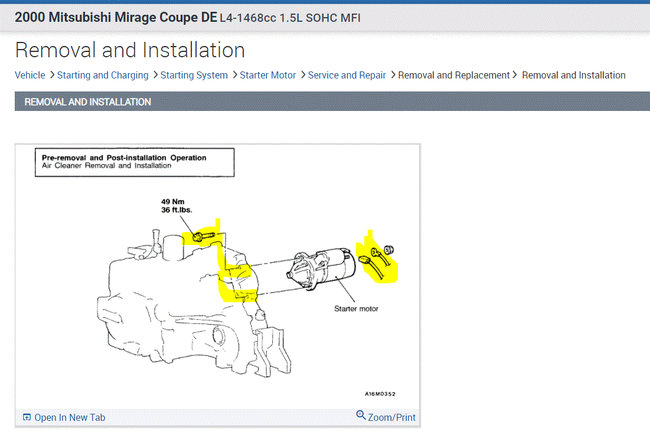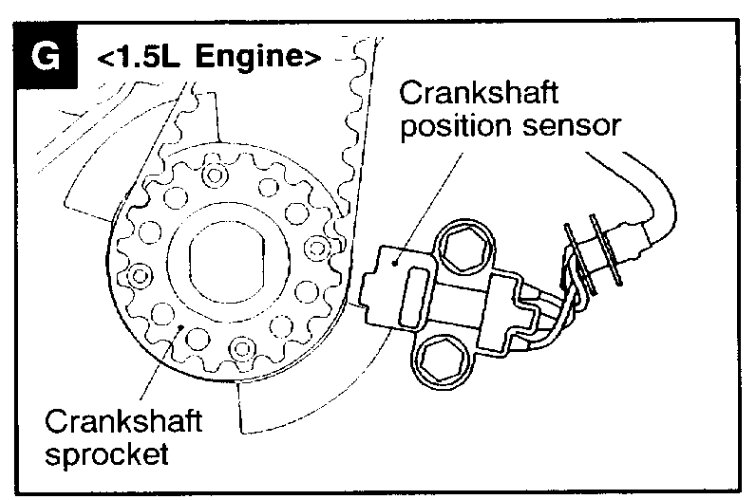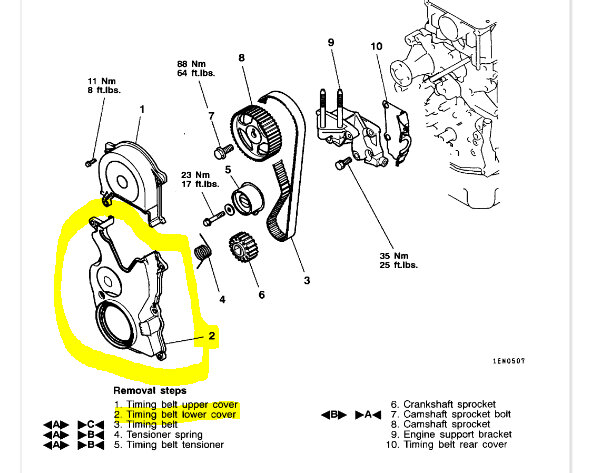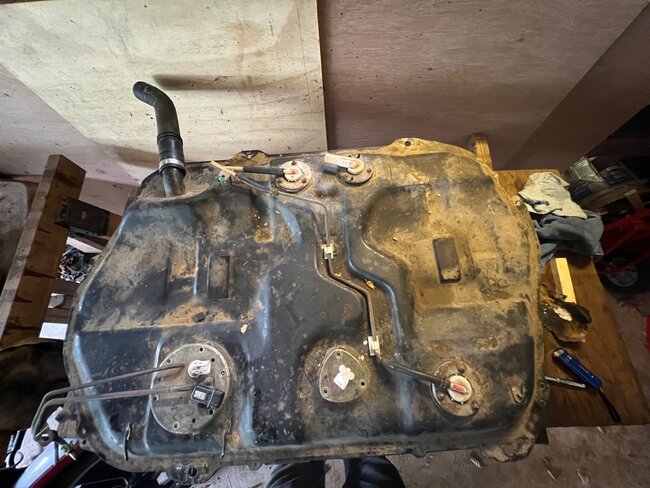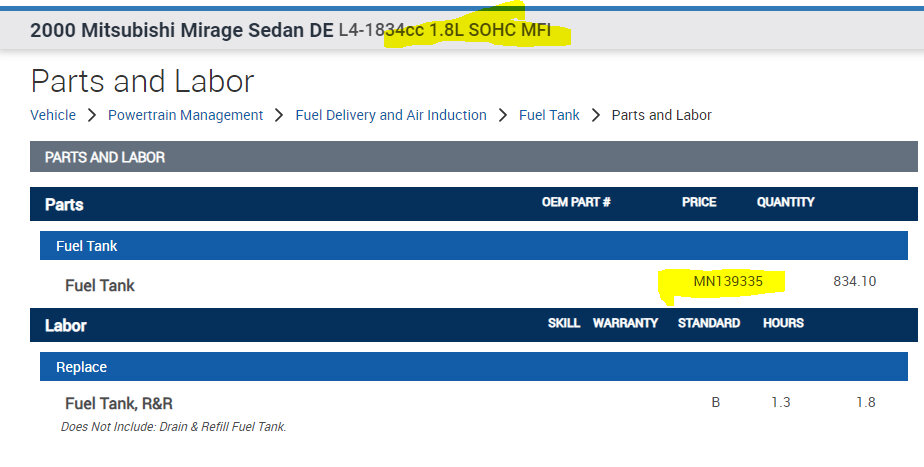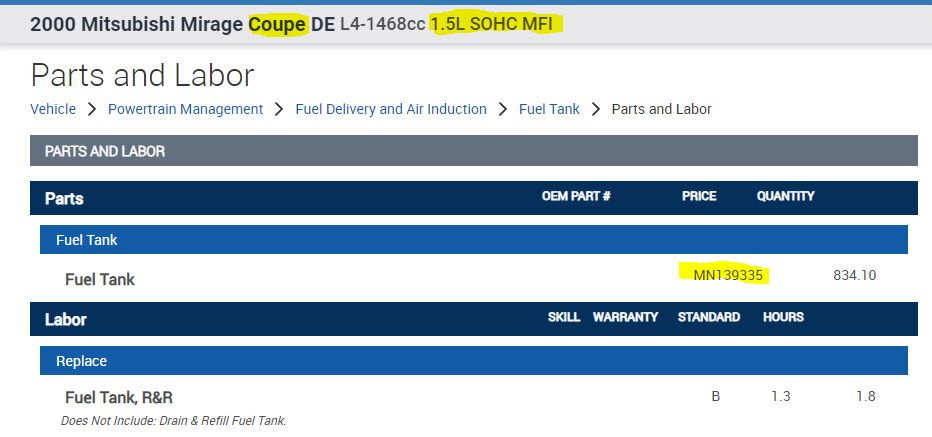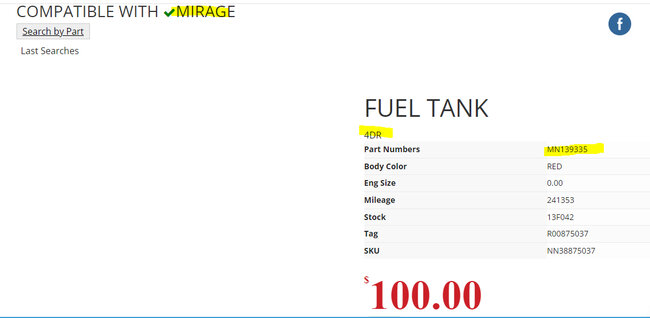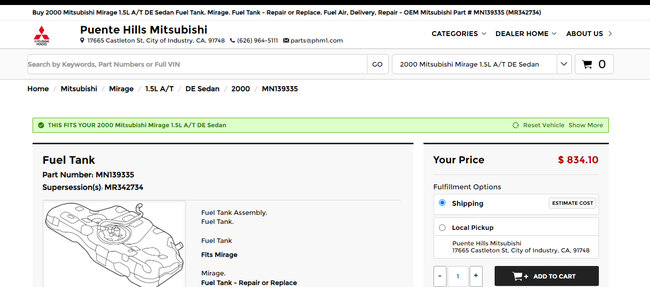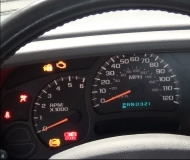Monday, October 18th, 2021 AT 3:38 PM
The problem I'm experiencing is after being driven for a little bit, is like it just shuts itself off. It'll being running okay and acts like you have turn the key off. The other day, I drove it approximately fourteen miles, say 8 miles to town, shut it off and did an errand. Got in and started for home. Almost home it acted like it was shutting off. On/off/on/off so I tried to accelerate, and it sort of puffed (LOL) and that was it. I know I have a starter issue, as it doesn't always want to start, so I figure the brushes are worn. Finally got it started. Some guys stopped and help by tapping the starter and started and off to home. Perhaps related but doubt it. The shutting on/off/on/off is what I'm wondering about. Ignition switch perhaps? It has new plugs, plug wires, fuel injectors, fairly recent fuel pump. Or ignition relay? My other question is about replacing the starter. I've got several different manuals, but nothing seems to be very clear about what has to be removed to get to the starter. Thanks much.
